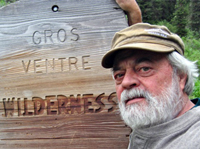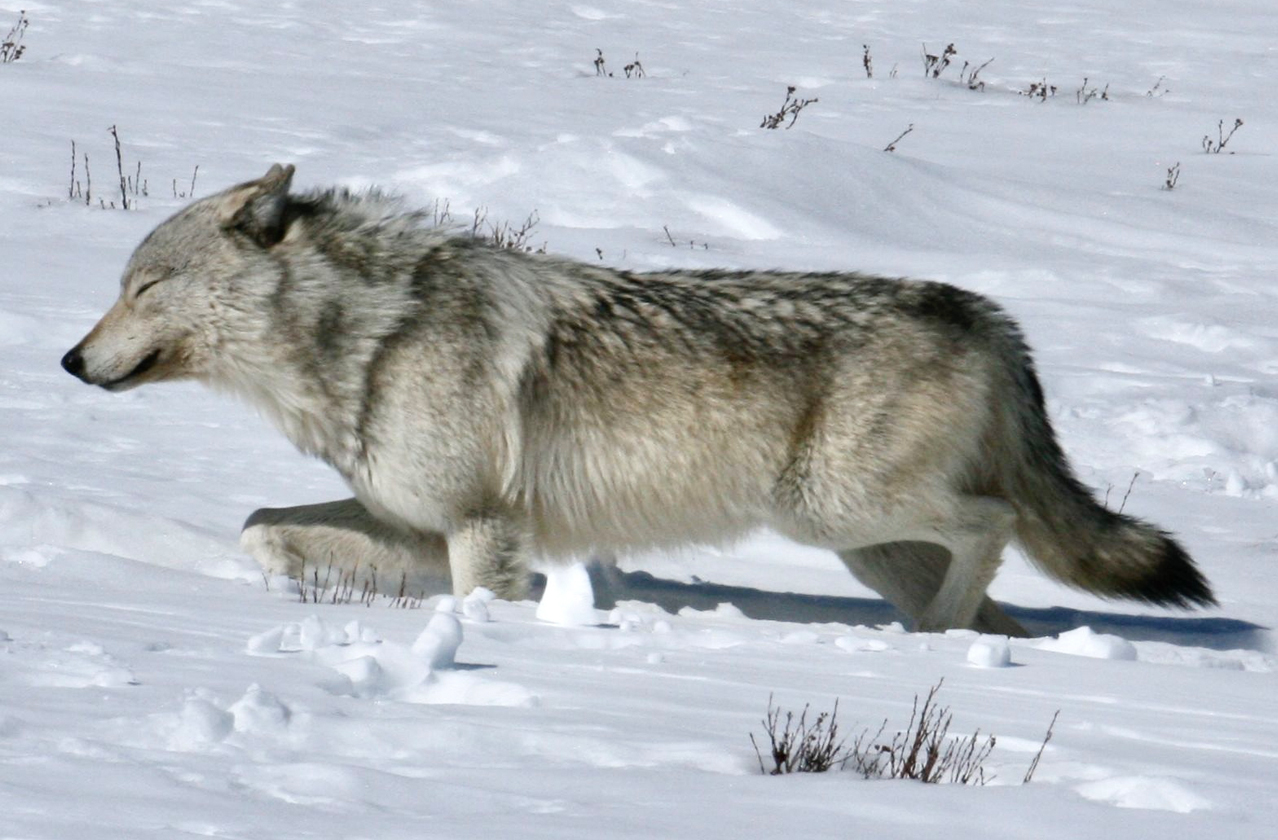
Secretary Haaland and the Izembek Refuge
By Fran Mauer
Nearly forty-two years ago, Congress passed the greatest public land conservation legislation in American history -- the Alaska National Interest Lands Conservation Act (ANILCA). After prolonged discussions among State, Alaska Native, development, federal and conservation interests, a compromise on ANILCA was reached.
Reflecting this balanced approach, and in response to the strong national sentiment to protect these lands and the subsistence resources they sustain, the U.S. Senate voted 78-14 to approve ANILCA. The vote was bipartisan.
For Alaska and Alaskans, the extraordinary lands protected by ANILCA have been crucial in supporting subsistence, conservation, tourism, ecosystem services and more.
Unfortunately, since passage of this unprecedented conservation law, there have been efforts to undermine its purposes and integrity.
A primary tactic by opponents has been to misapply the land exchange provisions of ANILCA to transfer ownership of lands out of protected areas in order to achieve development purposes, contrary to the purposes of ANILCA. The first such effort came in 1983 when the Reagan administration attempted to exchange lands for an off-shore oil exploration facility in the Saint Matthew Island National Wildlife Refuge Wilderness. This illegal exchange was nullified in court.
Another effort to promote development in conservation areas occurred when the Bush administration pursued a land exchange in the Yukon Flats National Wildlife Refuge, for oil exploration and development. Deeply concerned about the impacts this would have on subsistence and wildlife, village residents of the Yukon Flats objected. This exchange was subsequently dropped during the Obama-Biden administration.
Now, Secretary Haaland is being asked to support a land exchange that would allow a road to be built across the Izembek National Wildlife Refuge Wilderness that is virtually identical to one that was rejected by Secretary Jewell in the Obama/Biden Administration.
After extensive public review and comment, Secretary Jewell determined that the road would have profound, negative impacts on the wildlife, subsistence values and wilderness values of the Refuge, including to birds that migrate to Izembek from the Yukon Delta and other areas of northern Alaska, upon which Alaska Natives who live in Western Alaska rely.
Regarding alternatives to the road, the US Corps of Engineers completed an evaluation several years ago, finding that a seaworthy ferry, break-water and an improved dock at Cold Bay would be effective. It has also been pointed out that during periods of harsh weather a road would be impossible to travel under any circumstances including medical evacuations. Especially now, given increased funding for infrastructure projects, building a breakwater and improved dock at Cold Bay is a much better solution.
Despite this thorough analysis, the Trump Administration pursued a road. The first attempted Izembek land exchange by the Trump administration, which had no public comment period or serious study, was struck down in our Alaska District Court.
Before Secretary Haaland is yet another Trump Administration land exchange, which was also finalized with no public input. Like the other land exchange proposals, this would seriously harm wildlife and subsistence resources.
As Secretary of Interior, Haaland’s primary responsibility in this situation is to protect the integrity of Izembek National Wildlife Refuge and the important role it plays in support of sustainable subsistence uses over a vast area of western and northern Alaska. She is also responsible for fulfilling the mandates of ANILCA, which Secretary Bernhardt clearly violated.
Secretary Haaland should not become the first Secretary in history to allow a road to be built through designated Wilderness, which also harms subsistence. Much better alternatives exist.
For more information, see the following:
- https://www.nps.gov/parkhistory/online_books/williss/adhi4h.htm
- https://www.nytimes.com/1984/12/01/us/judge-halts-us-swap-of-island-in-alaska-refuge.html
- https://www.petroleumnews.com/pntruncate/963740524.shtml
- https://www.doi.gov/pressreleases/secretary-jewell-issues-decision-on-izembek-national-wildlife-refuge-land-exchange-and-road-proposal
- https://www.adn.com/alaska-news/rural-alaska/2019/03/29/judge-rejects-trump-plan-for-road-through-izembek-national-wildlife-refuge/
- https://naturalresources.house.gov/imo/media/doc/testimony_naneng.pdf
Fran worked as a wildlife biologist with the U.S. Fish and Wildlife Service in Alaska from 1974 to 2002. He first helped to compile biological information in support of the legislative action leading to passage of the Alaska National Interest Lands Conservation Act which set aside over 100 million acres as National Parks, Refuges, Wilderness Areas and Wild Rivers. Following passage of the Act, he was a wildlife biologist at Arctic National Wildlife Refuge for over 20 years. An outspoken advocate for Wilderness, Fran’s writings have appeared in various media sources and publications opposing proposed oil development in the Arctic Refuge, building a road through the Izembek Wilderness and several other threats to public lands in Alaska. He is the Representative of Wilderness Watch’s Alaska Chapter, and a former WW board member.


